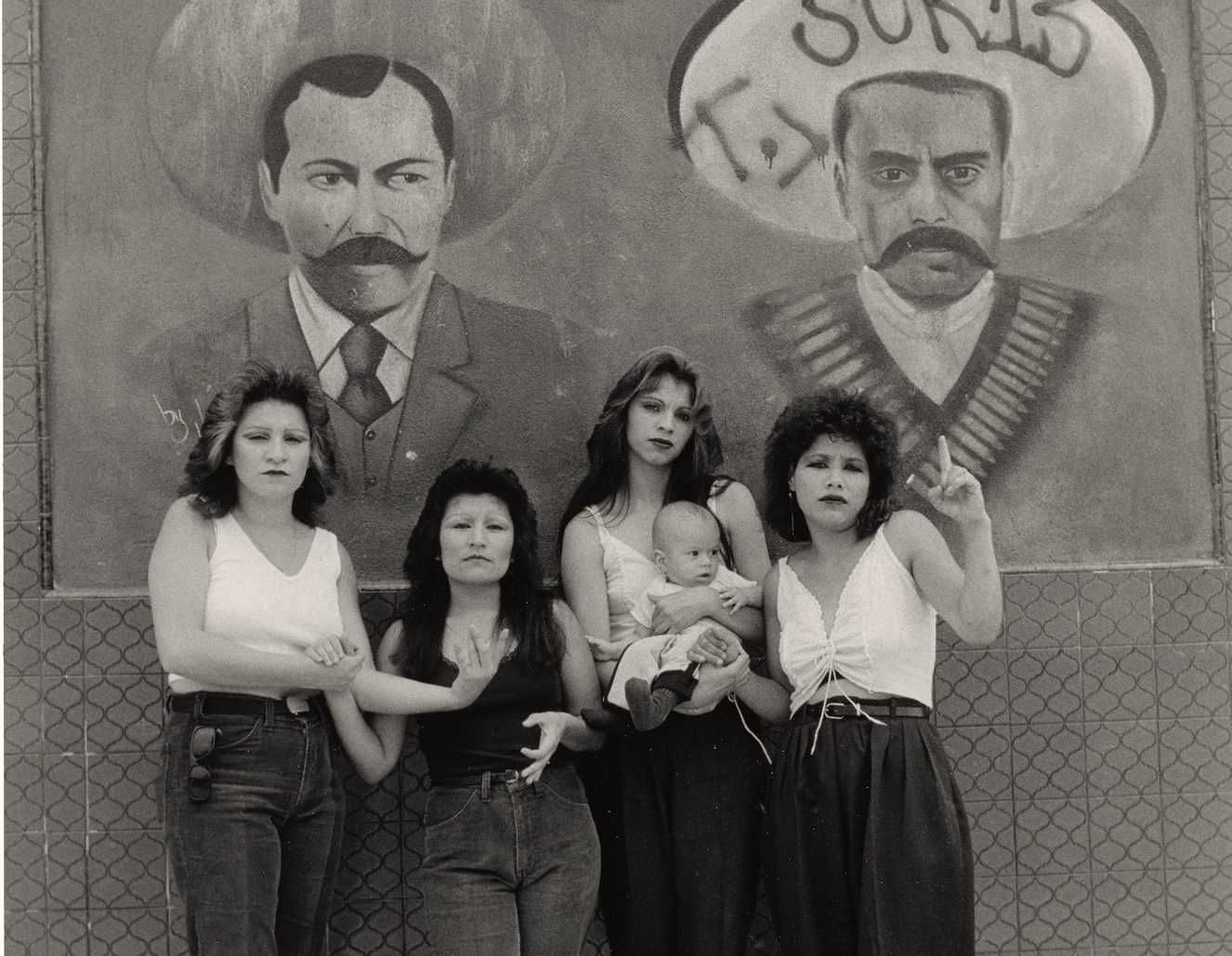Welcome to One Fine Show, where Observer highlights a recently opened exhibition at a museum outside of New York City—a place we know and love that already receives plenty of attention.
It’s nice to remember, during a contentious presidential election, that despite their differences of opinion on key issues like how many children American women should be forced to have, there are still areas where the candidates are aligned. The border is one such question. As President Joe Biden’s “border czar,” Vice President Kamala Harris famously told immigrants, “Do not come,” while former president Donald Trump visited the border just last week saying that immigrants are “poisoning the blood of our country.”
Agree or disagree with the two candidates’ anti-immigrant positions, you have to admit that the border looms large in the American imagination. “Picturing the Border,” a new show at the Cleveland Museum of Art, unpacks its many dimensions across over four dozen works by Latinx, Chicano/a, and Mexican artists, most of them photographic, borrowing that medium’s inherent veracity and urgency.
The works range from documentary to conceptual—one video piece Grammar of Gates / Gramática de las puertas (2019) by Miguel Fernández de Castro blends footage from the film Geronimo Jones (1970) with drone footage and landscape views of the Sonora- Arizona borderlands, to a soundtrack of the artist reciting passages from A Practical Spanish Grammar for Border Patrol Officers (1968). The real unifying factor being the vision of Nadiah Rivera Fellah, curator of contemporary art, who began the project in 2016 as her doctoral dissertation at the City University of New York’s Graduate Center and seeks to inject some reality into the ongoing discussions about the border.
SEE ALSO: Derrick Adams Debuts in Korea With Gagosian at Amorepacific’s Headquarters
You’d have to be made of stone not to enjoy Louis Carlos Bernal’s Albert y Lynn Morales, Silver City, N.M. (1978) which blends both the conceptual and documentary in a shot that looks like it came from the cutting room floor of Paris, Texas. Albert wears a pink shirt with a landscape on it while Lynn sports a tattoo that proclaims “Love Mom.” The whole scene is simple and legible, if perhaps oddly translated. The love is clear enough. The head of a buffalo looms over it in shadow.
More recently you have Sleeping by the River, Tecun-Uman Guatemala (2020) by Ada Trillo in which a nude child sleeps on a pile of clothes while the older folks go swimming the background, the second most visible object is a food wrapper that assures us it was made “con amor.” There’s as much beauty as there is trash and, as in the previous photo, plenty of love.
Graciela Iturbide’s Cholo/as series from 1986 Los Angeles is perhaps the best encapsulation of the show’s thesis. The women in Cholos, White Fence, East Los Angeles told Iturbide that they wanted to be photographed under a mural of some mariachis. In fact, these were images of Emiliano Zapata, Benito Juárez and Pancho Villa. We might as well admire their freedom from context. After all, isn’t America all about freedom?
“Picturing the Border” is on view at the Cleveland Museum of Art through January 5, 2025.

